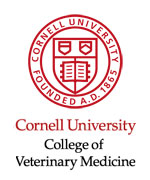"The Disease-Free Buffalo Breeding Project
of the State Veterinary Services and South African National
Parks"
Markus Hofmeyr
The African buffalo (Syncerus caffer) is one of the more
important wildlife species, ecologically and economically,
in Africa. It occurred historically in large herds throughout
South Africa, and played an important ecological role as
a bulk grazer. Extensive over-hunting, the rinderpest epidemic
of the late 19th century and lately, its role as a carrier
of economically important diseases, has restricted the range
and resurgence of this species back into its former habitat
in South Africa.
The Department of Agriculture’s Veterinary Services
in the Kruger National Park has done extensive studies on
the dynamics and epidemiology of the economically important
diseases carried by buffalo such as: foot and mouth disease,
corridor disease (Theileriosis), bovine tuberculosis and
bovine brucellosis. This research has allowed the innovative “disease-free” buffalo-breeding
project to be initiated by the Veterinary staff of South
African National Parks (SANParks) in the Kruger National
Park. The driving force for this project is SANParks’ need
to re-introduce buffalo into newly established national parks
within its former range.
This presentation describes how, through collaboration between
the State Veterinary Services and SANParks, a breeding project
has been developed that rids buffalo of the economically
important diseases (foot and mouth disease, corridor disease,
bovine tuberculosis and bovine brucellosis) so that re-introduction
into former range can be undertaken without risk to neighbouring
farming communities.
|
|











